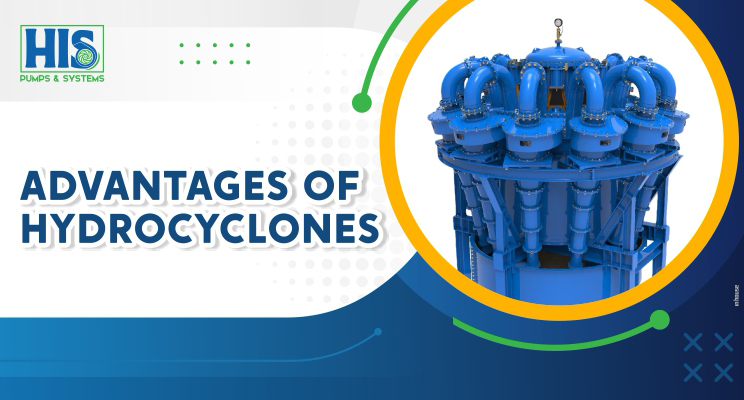The operating principle of the Hydrocyclone is that of a conical vortex-generating chamber. Uses a combination of Centrifugal force and drag to separate particles of different size or density.
Liquid slurry enters at the top of the conical wall of the Hydrocyclone through a vortex finder which creates tangential flow and therefore a strong vortex in the Hydrocyclone. The slurry in the cyclone spins in a high velocity vortex. The fines capable of remaining in suspension exit out the top central pipe (the overflow), the coarse particles spiral down to fall through the underflow at the narrow vortex base.
Hydrocyclones are cone-cylindrical in shape, with a tangential feed inlet into the cylindrical section and an outlet at each axis. The outlet at the cylindrical section is called the vortex finder and extends into the cyclone to reduce short-circuit flow directly from the inlet. At the conical end is the second outlet, the Apex / Spigot. Hydrocyclones are generally operated vertically with the apex at the lower end, hence the coarse product is called the underflow and the fine product, leaving the vortex finder, the overflow.
Each particular cyclone is designed for a specific separation threshold, the cut off between oversize and undersize (overweight and underweight) particles. In some cases, total solids removal (slurry dewatering) is the objective.
Factors that affect selection and sizing of a hydrocyclone:
- Solid density and liquid density
- Flow rate to process
- Percentage circulating load- overflow /underflow
- Required overflow size (grind)
- Over flow/underflow percentage solids required.
For more Queries / Inquires :
Please contact -
Mr. Anurag Gupta
Product Manager- Solid And Powder Process Division
Contact No. : 91-9824051987
.jpg)





